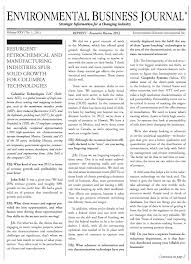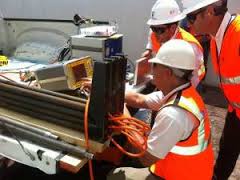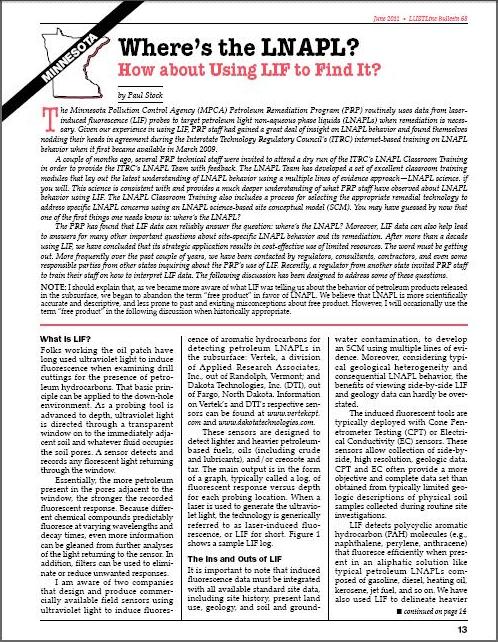COLUMBIA Technologies to Sponsor Environmental Industry Summit XI and John Sohl, CEO to Participate in the Executive Response Panel
COLUMBIA Technologies is pleased to sponsor the upcoming Environmental Industry Summit XI in San...











